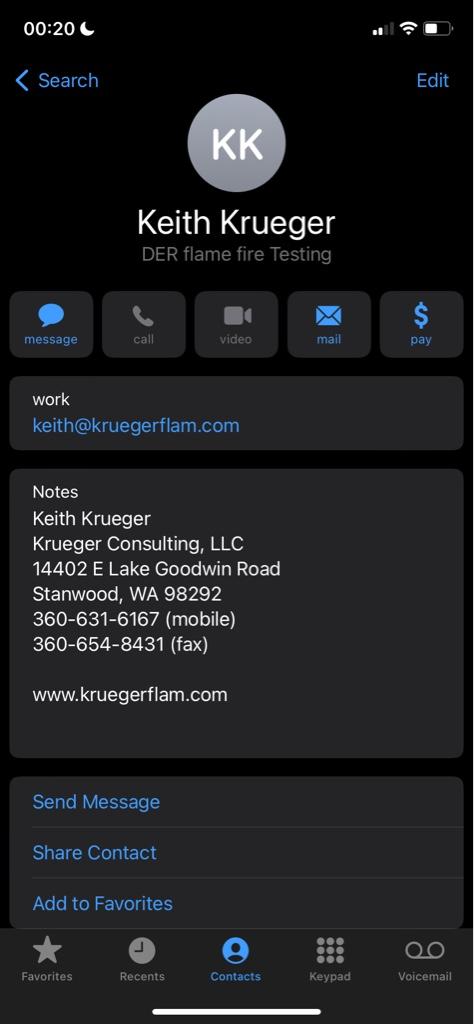The Cessna ( now Textron ) 170A is certificated under CAR 3 regs. Replacement of interior fabric must meet original design specs regarding flame retardants. However; CAA/FAA never developed requirements in this area for CAR 3 aircraft. My understanding is that using materials meeting a national standard is sufficient.
Auto upholstery fabric?
Compliance with the Burn Cert requirements of FAR 23 is not required in the US.
I know folks that did their own Burn Tests with surprising results.
There are times this can get ugly.
Auto upholstery fabric?
Compliance with the Burn Cert requirements of FAR 23 is not required in the US.
I know folks that did their own Burn Tests with surprising results.
There are times this can get ugly.



